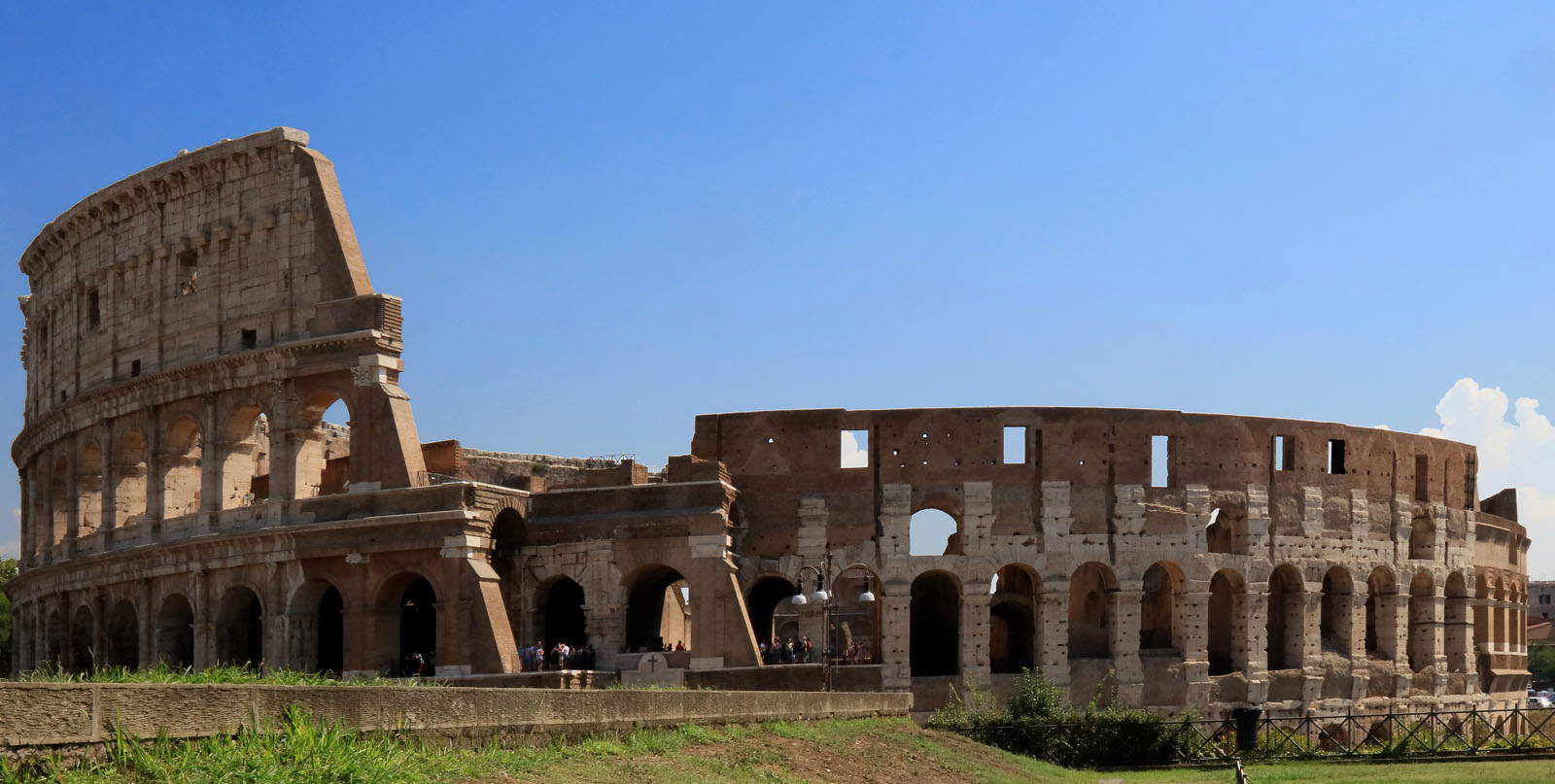Do our monuments really need reviews on Tripadvisor and the like?
Does cultural tourism really need reviews on sites (Google), social networks or on portals such as those where restaurants or hotels are commented on, for example TripAdvisor?
The question is topical these days because the video on social Tik Tok that collected a series of wacky comments, if we can call them that, about monuments and cultural sites such as the Colosseum has been very popular. The video has surpassed 2.5 million views and is of a mocking nature, of course, as the roundup of comments highlights criticisms that seem completely out of context such as that of one James Bufkin who wrote on Google, “The Colosseum is a dump. Everything is broken, the seats are made of stone. We were told that a gladiator battle was included in the tour, but on the day of our visit there was nothing scheduled. It needs restoration and repainting.” Or like that of John Georgiades, who writes, “It’s old, it can come down at any moment.”
One wonders if these are ironic comments or actually those who come to these places fail to understand their history or value. The Colosseum, on Google, has 301,548 reviews for a total final rating of 4.7 out of 5. Negative comments are thus a distinct minority as with all major monuments. Here is a quick roundup: Vatican Museums 128,007 reviews, rating 4.6; Tower of Pisa 103,000 reviews and rating 4.7; Pinacoteca Brera 21,399 and rating 4.7; Doge’s Palace in Venice 22,564 reviews rating 4.7; St. Mark’s Square 14.3892 reviews and grade 4.7; Uffizi 55,710 reviews and grade 4.7; Castello Sforzesco in Milan 55,765 reviews with final grade 4.6; Pinacoteca Brera 21,400 reviews grade 4.7 Egyptian Museum in Turin 37,592 reviews and grade 4.7. Pompeii Archaeological Park had 45 thousand reviews with an appreciation rating of 4.7.

Taking a look at the negative reviews, although they are, we repeat, a clear minority, we understand that only for the Colosseum were the criticisms directed at the monument itself. For the other places viewed, most relate to logistical issues, too many people not allowing people to enjoy the artwork, organized groups with guides monopolizing the space, and above all, ticket costs.
The Colosseum is perhaps a separate story as an object of the world’s collective imagination and about which, evidently, false myths, excessive expectations or misleading ideas about what it was had been created. The problem here is not one of communication (bimillennial) but perhaps of personal preparation of the visitor rather than of the Colosseum. But that would have to be dealt with elsewhere because the topic is vast: can only those who have studied or are acculturated appreciate the value of an archaeological remains or museum? Can seeing ruins of an ancient civilization be called “beautiful” or appreciated by a visitor?
So does the price of a ticket: how do we quantify the value of what one is about to see? Do we leave it to the visitors themselves to judge as is the case, for example, in museums whose admission is free? There are examples of museums that have made this choice, and they certainly have not done so because places lacking great works of art (the British Museum above all). How do you explain to the tourist that the ticket price is also dictated perhaps by operating costs or whatever, and how this can be beneficial to visitor satisfaction?
For the other museums, there is a question of how these criticisms can be a cue for those who run them, but at least it is comforting that the criticisms are not for content. That being said, reviews, in the opinion of this writer, cannot be considered the litmus test for the quality of the place being visited. The Royal Palace in Naples, for example, has only 6 thousand reviews but that cannot be the yardstick for defining it.
Warning: the translation into English of the original Italian article was created using automatic tools. We undertake to review all articles, but we do not guarantee the total absence of inaccuracies in the translation due to the program. You can find the original by clicking on the ITA button. If you find any mistake,please contact us.





























